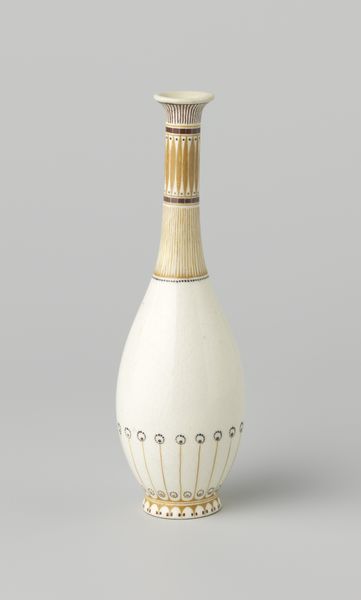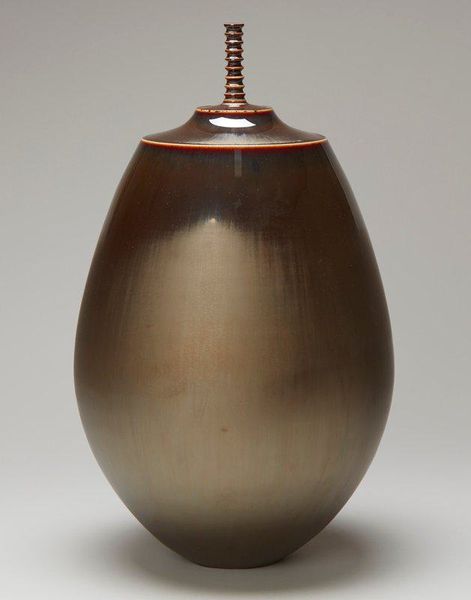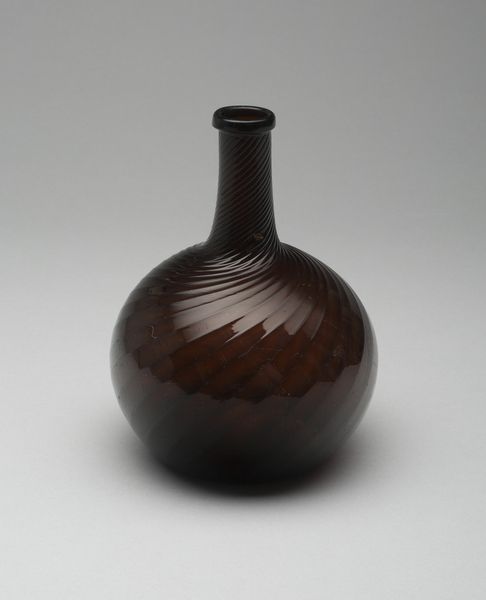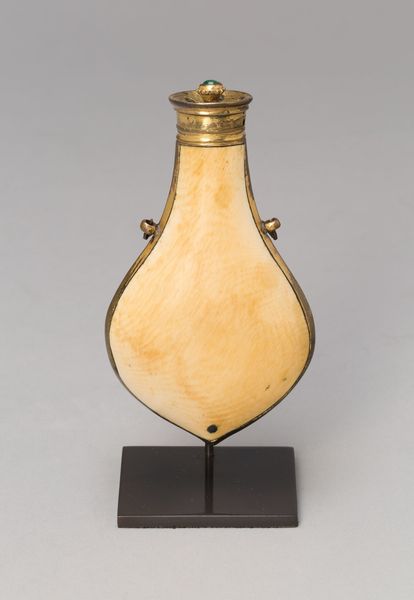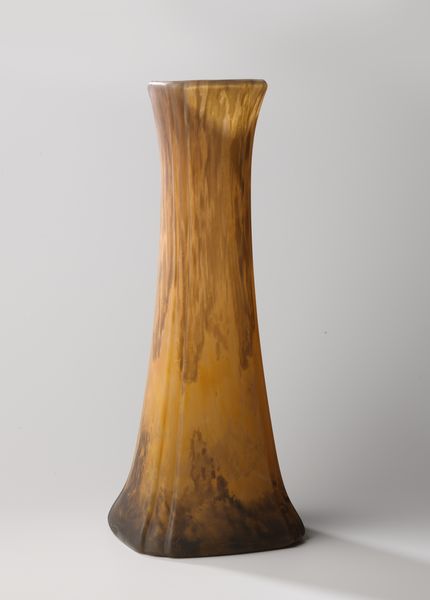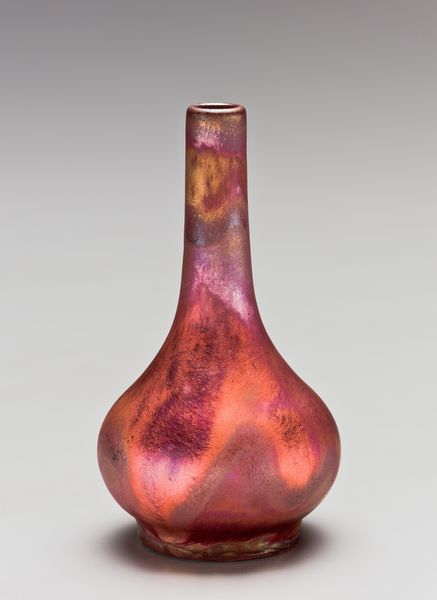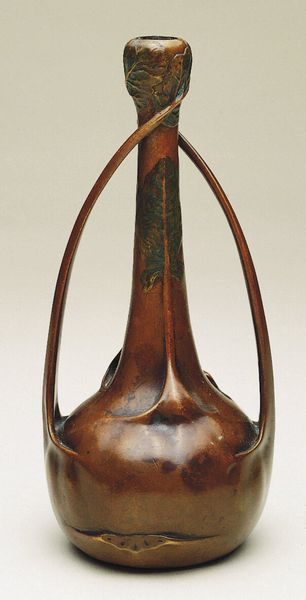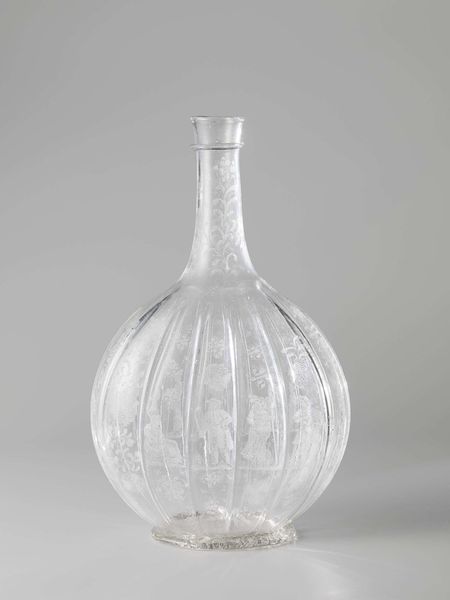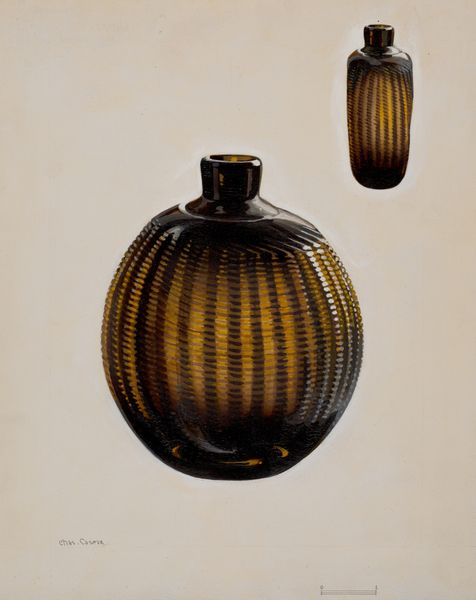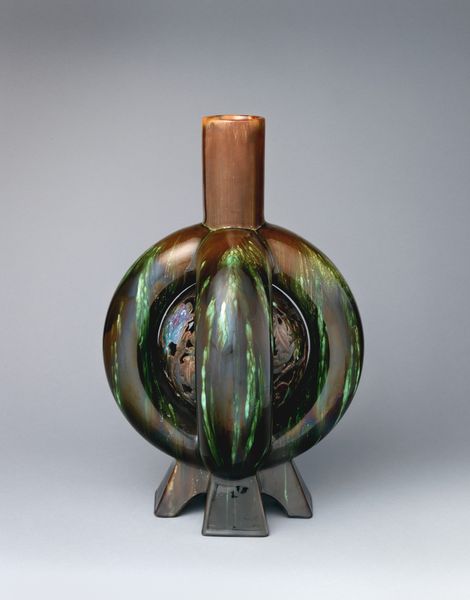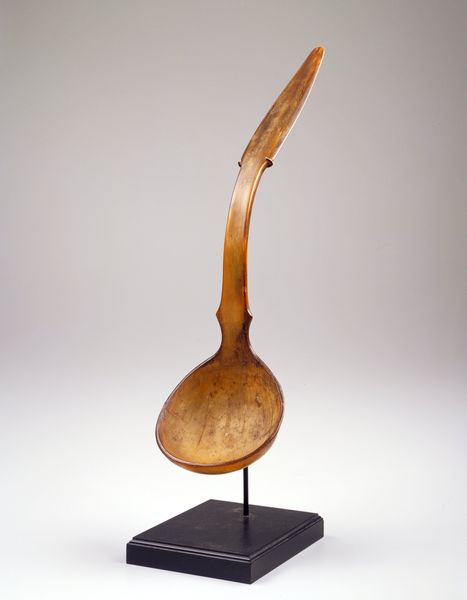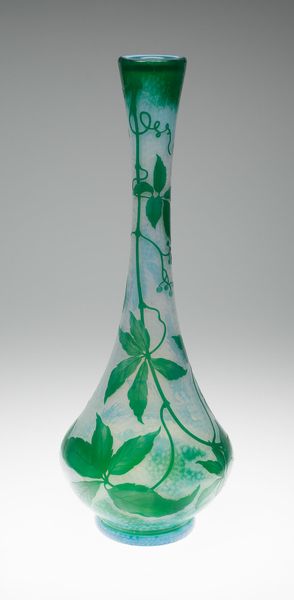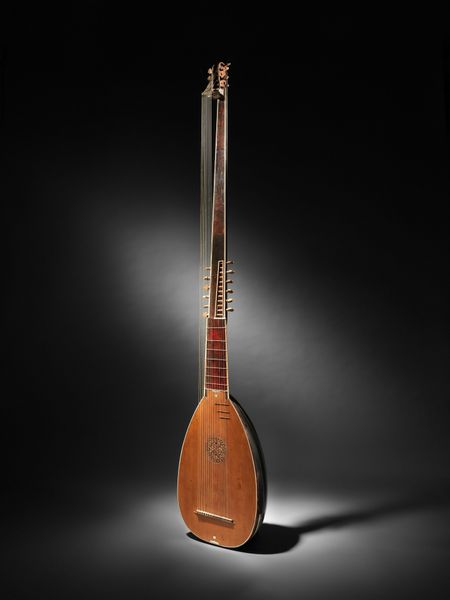
wood
#
baroque
#
wood
#
musical-instrument
Dimensions: Height: 22 1/16 in. (56 cm)
Copyright: Public Domain
Curator: What we have here is a Baroque lute, dating sometime between 1650 and 1700. It's currently held in the collection of the Metropolitan Museum of Art, and the maker was Wendelin Tieffenbrucker. It is mostly constructed of wood, so what is your immediate reaction to this artwork? Editor: Elegant melancholy. Does that make sense? It’s visually graceful, but something about that teardrop shape... it’s like a captured sigh. A musical still life in repose. Curator: That resonates. The lute has long held symbolic weight in art, often tied to themes of fleeting beauty, transience, and even vanitas, the concept of the ephemerality of life. Think of the memento mori tradition, a symbol reminding us that life is short. Editor: Vanitas! Of course. And now I’m seeing how that polished wood gleam emphasizes decay – nature repurposed. Does the dark wood of the neck add to that sense of constraint and sorrow, do you think? It grounds it and balances all those gently arcing lines. Curator: It could. Darker hues often indicate a solemn mood, contemplation. The lute's somber tuning can trigger such sentiments, prompting inward reflection, or feelings of existential awareness. I wonder how many mournful airs it has accompanied over the years. Editor: Right! Playing this isn't meant to conjure up visions of revelry and celebration. The lute’s been depicted in paintings with a slightly world-weary character looking out with tired eyes. Curator: And as part of that Baroque style it exhibits technical complexity and ornamention as well, yet these details enhance that melancholy, pointing to sophisticated reflections on love, death, time. Editor: True. Its shape seems like an emblem of something that once held the world's beauty and complexity. Curator: It is a fascinating fusion of craft, design, and symbolism. Thinking about the sound resonating within that rounded body, shaping melodies... that has an appeal of capturing the transient nature of melody and the weight of musical heritage through the centuries. Editor: It is also the intersection between artistic craftsmanship and cultural sentiment and history through musical articulation. Seeing that now brings a strange calm.
Comments
No comments
Be the first to comment and join the conversation on the ultimate creative platform.

